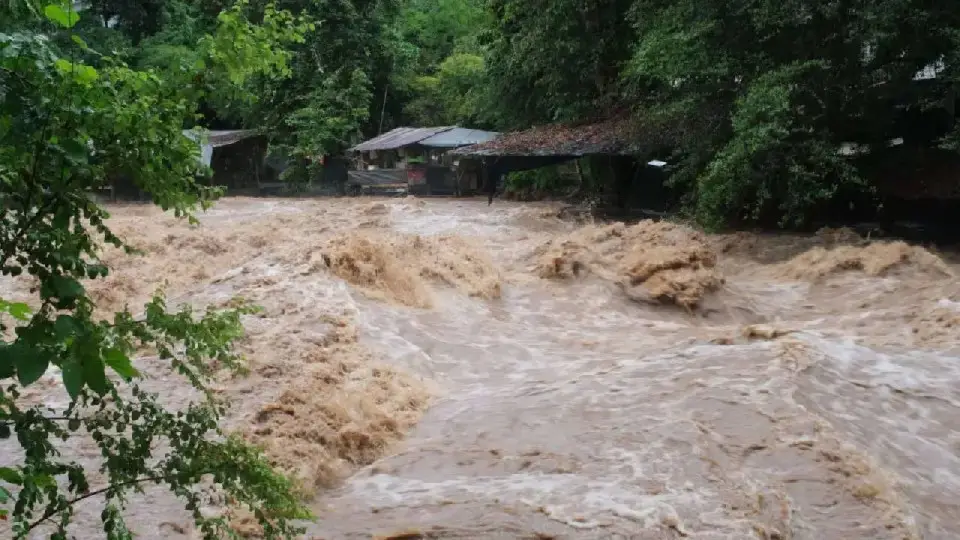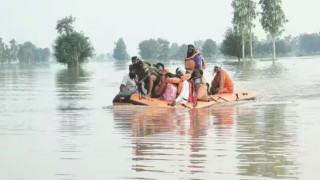
Meteorological
National News: Monsoon showers bring happiness but this time monsoon is frightening. There is a lot of rain in North India. All the rivers are in spate. While Punjab is battling severe floods, flood-like conditions prevail in the capital Delhi. According to scientists, for the first time in the last 24 years, monsoon clouds have crossed the high peaks of the Himalayas and reached the Tibetan plateau. This extraordinary event is breaking the 80-year-old record of rain and snowfall.
Usually monsoon clouds are limited to a height of 2000 meters, due to which the plateau region of Tibet remains dry and cold, but this time the clouds are crossing the heights and causing heavy rain and snowfall in Tibet.
The reason for this unique phenomenon is the convergence of Western Disturbance and Monsoon. Both the weather systems are colliding over the Himalayas, due to which heavy rain and snowfall has been occurring in the Zanskar mountain range of Jammu and Kashmir since the last week of August. Scientists of the Wadia Institute of Himalayan Geology recorded more than 100 mm of rain and more than half a feet of snowfall on August 24 and 25. Due to climate change, clouds are rising to higher altitudes, leading to floods and landslides in the northern states.
According to a recent report of the Central Water Commission (CWC), more than 400 glacier lakes in India are expanding rapidly. This situation is increasing the risk of disaster. There is an urgent need for intensive monitoring and management of these lakes to prevent potential catastrophes.
The World Meteorological Organization has indicated that La Nina, which normally brings cooling, may return from September. But this time global temperatures are likely to be above average, indicating the severity of climate change.













Copyright © 2025 Top Indian News
